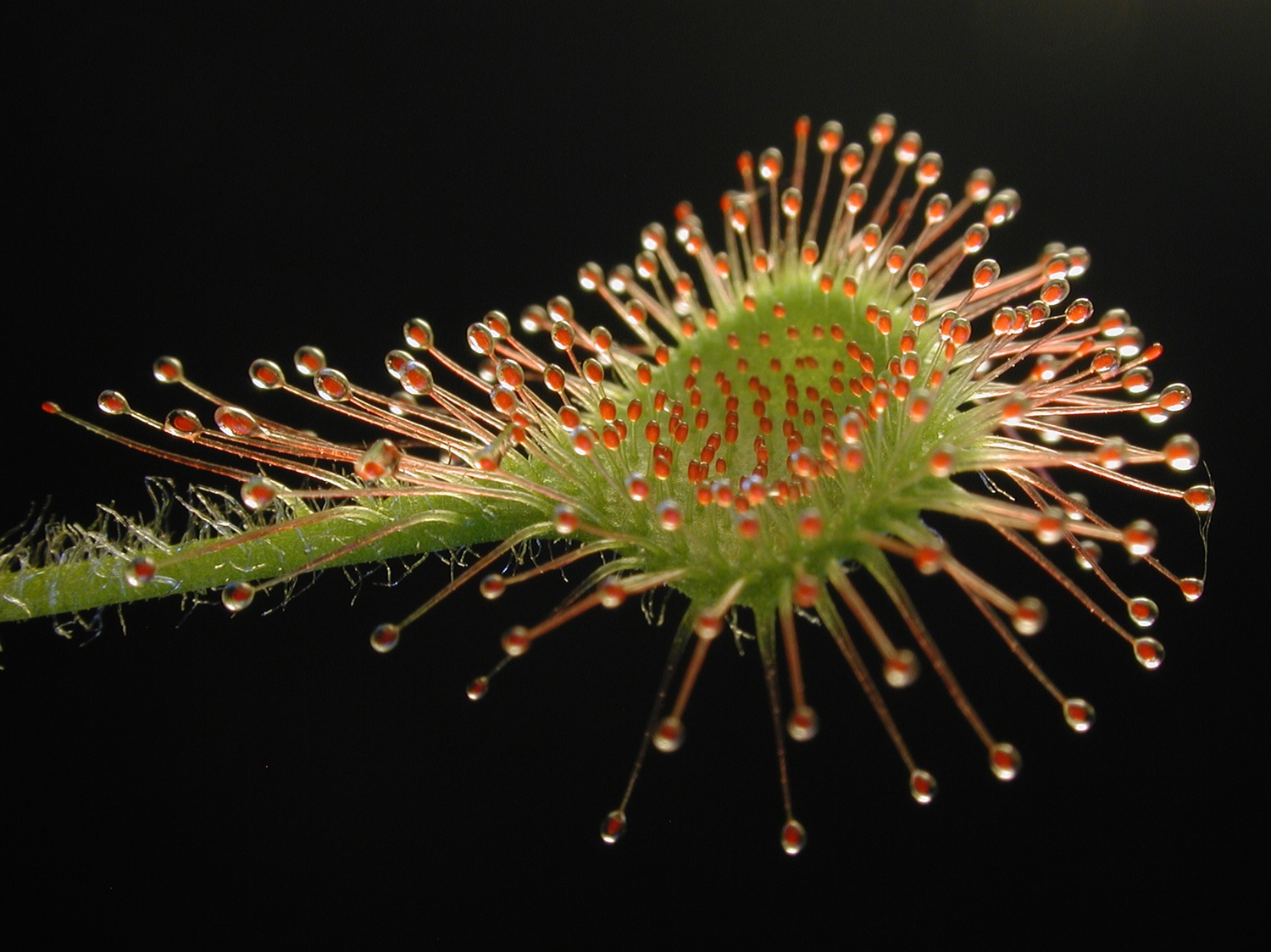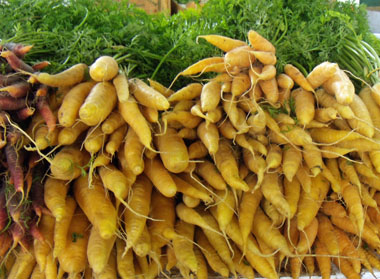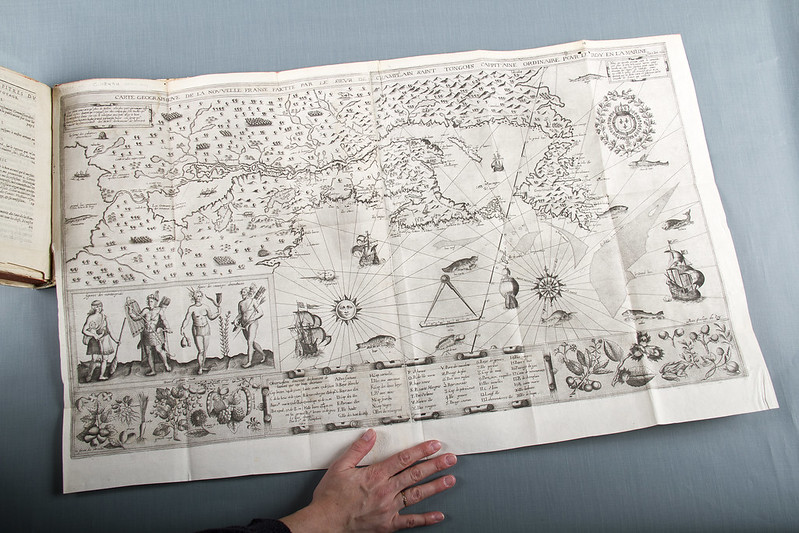Browse "Things"
-
Article
Caribbean Music in Canada
Caribbean music is an important component of musical life in Canada on two grounds: firstly, significant numbers of Caribbean peoples have immigrated to Canada, particularly beginning in the 1960s, and have continued the musical traditions of their homelands in the new environment; and secondly as early as the 1920s successive styles of Caribbean-derived music began to form part of the fabric of Euro-American pop music and thus part of the musical experience of many Canadians over the years.
"https://development.thecanadianencyclopedia.ca/images/tce_placeholder.jpg?v=e9dca980c9bdb3aa11e832e7ea94f5d9" // resources/views/front/categories/view.blade.php
https://development.thecanadianencyclopedia.ca/images/tce_placeholder.jpg?v=e9dca980c9bdb3aa11e832e7ea94f5d9
-
Article
Cariboo Gold Rush
The Cariboo Gold Rush (1861–67) is British Columbia’s most famous gold rush.
"https://d2ttikhf7xbzbs.cloudfront.net/CaribooGoldRush/Williams Creek.jpg" // resources/views/front/categories/view.blade.php
https://d2ttikhf7xbzbs.cloudfront.net/CaribooGoldRush/Williams Creek.jpg
-
Article
Cariboo Mountains
The Cariboo Mountains is the most northern range making up the Columbia Mountains.
"https://development.thecanadianencyclopedia.ca/images/tce_placeholder.jpg?v=e9dca980c9bdb3aa11e832e7ea94f5d9" // resources/views/front/categories/view.blade.php
https://development.thecanadianencyclopedia.ca/images/tce_placeholder.jpg?v=e9dca980c9bdb3aa11e832e7ea94f5d9
-
Article
Cariboo Road
A contingent of Royal Engineers was brought from Britain to survey the route from Yale, at the head of navigation on the Fraser River, along extremely treacherous terrain to the administrative centre of the Cariboo.
"https://d2ttikhf7xbzbs.cloudfront.net/media/media/59bb3c56-871c-4015-bd1e-85b23dc3f1f4.jpg" // resources/views/front/categories/view.blade.php
https://d2ttikhf7xbzbs.cloudfront.net/media/media/59bb3c56-871c-4015-bd1e-85b23dc3f1f4.jpg
-
Article
Caribou
Caribou are members of the deer family. They may be further categorized based on where they live and how they behave. Caribou in Canada are generally categorized into three types: peary, barren-ground and woodland. Taken together, caribou are found in most Canadian provinces and territories, with the exception of the Maritimes.
"https://d2ttikhf7xbzbs.cloudfront.net/caribou-1.jpg" // resources/views/front/categories/view.blade.php
https://d2ttikhf7xbzbs.cloudfront.net/caribou-1.jpg
-
Article
Caribou Hunt
Caribou hunting was and is still an important means of subsistence for many Indigenous people in Canada. Caribou are hunted by groups from the Arctic, Subarctic, Plateau, and the northern part of the Eastern Woodlands. In the past, the animals not only provided these people with meat and grease, but also with hides and sinew for shelters and clothing, and bone and antler for tools and weapons.
"https://d2ttikhf7xbzbs.cloudfront.net/media/media/b7f24959-dca0-4c31-8b4b-093fc610b351.jpg" // resources/views/front/categories/view.blade.php
https://d2ttikhf7xbzbs.cloudfront.net/media/media/b7f24959-dca0-4c31-8b4b-093fc610b351.jpg
-
Article
Carignan-Salières Regiment
The Carignan-Salières Regiment was a regiment of French troops who were sent to New France from 1665 to 1667 to fight the Haudenosaunee (Iroquois). These professional soldiers, who had little experience with fighting in the woods, invaded the lands of the Haudenosaunee but did not succeed in defeating them. Nevertheless, the French show of force led to a peace accord in 1667. Though most of the French soldiers then went home, some stayed, married and settled in New France. Many of them married Filles du Roy and now have many descendants. Quebec municipalities such as Berthier, Chambly and Verchères still bear the names of officers of this regiment.
"https://d2ttikhf7xbzbs.cloudfront.net/media/new_article_images/JeanBaptistePotierDubuisson/CarignanSalieresRegiment.jpg" // resources/views/front/categories/view.blade.php
https://d2ttikhf7xbzbs.cloudfront.net/media/new_article_images/JeanBaptistePotierDubuisson/CarignanSalieresRegiment.jpg
-
Article
Carnivora
Carnivora is an order of flesh-eating mammals, which includes terrestrial and aquatic families.
"https://d2ttikhf7xbzbs.cloudfront.net/media/media/7597c378-70bd-4095-9a09-8b4662388fdf.jpg" // resources/views/front/categories/view.blade.php
https://d2ttikhf7xbzbs.cloudfront.net/media/media/7597c378-70bd-4095-9a09-8b4662388fdf.jpg
-
Article
Carnivorous Plants of Canada
Carnivorous plants are plants which derive nutrients by trapping, killing and digesting animals, typically invertebrates. Carnivory in plants has evolved independently multiple times in at least 6 different plant orders. Over 800 species of carnivorous plants have been identified worldwide, 20 of which occur in Canada. These plants can be categorized by their prey capture mechanisms: sticky traps, pitfall traps, snap traps, suction traps and eel traps; and can be either active or passive.
"https://d2ttikhf7xbzbs.cloudfront.net/carnivorousplants/sundew.jpg" // resources/views/front/categories/view.blade.php
https://d2ttikhf7xbzbs.cloudfront.net/carnivorousplants/sundew.jpg
-
Article
Caroline Affair
After the failed Rebellion of 1837 in Upper Canada, its leader, William Lyon Mackenzie, retreated to Navy Island, in the Niagara River, accompanied by some 200 followers. The Caroline, an American ship based at Fort Schlosser in New York State, was chartered to bring supplies to the rebels. On 29 December 1837, a force of the Upper Canada militia led by Commander Andrew Drew of the Royal Navy found the Caroline moored at Schlosser. In the quick skirmish that followed, an American was killed. The Caroline, set on fire and adrift, capsized before reaching the falls and sank. The incident aggravated the already tense relationship between the United Kingdom and the United States.
"https://d2ttikhf7xbzbs.cloudfront.net/media/media/767da593-a14c-4880-a6f6-5029fd760b84.jpg" // resources/views/front/categories/view.blade.php
https://d2ttikhf7xbzbs.cloudfront.net/media/media/767da593-a14c-4880-a6f6-5029fd760b84.jpg
-
Article
Carpentry Tools
The craft of carpentry involves the shaping of wood for architectural, utilitarian or ornamental purposes. European colonists who settled what is now Canada brought with them a rich heritage of CRAFTS and craft tools.
"https://development.thecanadianencyclopedia.ca/images/tce_placeholder.jpg?v=e9dca980c9bdb3aa11e832e7ea94f5d9" // resources/views/front/categories/view.blade.php
https://development.thecanadianencyclopedia.ca/images/tce_placeholder.jpg?v=e9dca980c9bdb3aa11e832e7ea94f5d9
-
Article
Carrot
Carrot (Daucus carota), cool-climate plant belonging to the Umbelliferae family and grown as a root crop in Canada. Carrots are biennials, but are grown as annuals.
"https://d2ttikhf7xbzbs.cloudfront.net/media/media/1a9dbb36-6271-4ce1-bbc7-83c7532b43aa.jpg" // resources/views/front/categories/view.blade.php
https://d2ttikhf7xbzbs.cloudfront.net/media/media/1a9dbb36-6271-4ce1-bbc7-83c7532b43aa.jpg
-
Article
Carry On
'Carry On'. Patriotic song popular during World War II. The music was written by Ernest Dainty as part of the orchestral accompaniment to the Canadian silent feature film Carry On Sergeant. Extracted from the score, the tune was given lyrics by Gordon V.
"https://development.thecanadianencyclopedia.ca/images/tce_placeholder.jpg?v=e9dca980c9bdb3aa11e832e7ea94f5d9" // resources/views/front/categories/view.blade.php
https://development.thecanadianencyclopedia.ca/images/tce_placeholder.jpg?v=e9dca980c9bdb3aa11e832e7ea94f5d9
-
Article
Cartography in Canada: 1500s
Most maps created in the 1500s that relate to Canada are manuscript compilations, often undated and anonymous. They were prepared by European cartographers rather than by explorers. Since cartographers had to work with available material, these maps are at times a perplexing mixture of new information and old, copied from unspecified sources. Any review of the sequence in which Canada was first mapped is therefore somewhat conjectural. (See also History of Cartography in Canada.)
"https://d2ttikhf7xbzbs.cloudfront.net/media/new_article_images/CartographyInCanada1500s/CantinoChart1502.jpg" // resources/views/front/categories/view.blade.php
https://d2ttikhf7xbzbs.cloudfront.net/media/new_article_images/CartographyInCanada1500s/CantinoChart1502.jpg
-
Article
Cartography in Canada: 1600–1763
Mapping in Canada in the 1600s began with the work of Samuel de Champlain. He produced the first modern-looking map of Eastern Canada in 1613, and the most comprehensive of his maps in 1632. For much of the 1600s and early 1700s, the French were the primary cartographers of what would become Canada. Notable exceptions include the English’s mapping of the Arctic (see also Cartography in Canada: 1500s) and Henry Hudson and other’s work in mapping Hudson Bay. The Seven Years' War (1756–63) interrupted mapping activity in Canada.
"https://d2ttikhf7xbzbs.cloudfront.net/media/new_article_images/CartographyInCanada1600to1763/Champlain1613Map.jpg" // resources/views/front/categories/view.blade.php
https://d2ttikhf7xbzbs.cloudfront.net/media/new_article_images/CartographyInCanada1600to1763/Champlain1613Map.jpg
